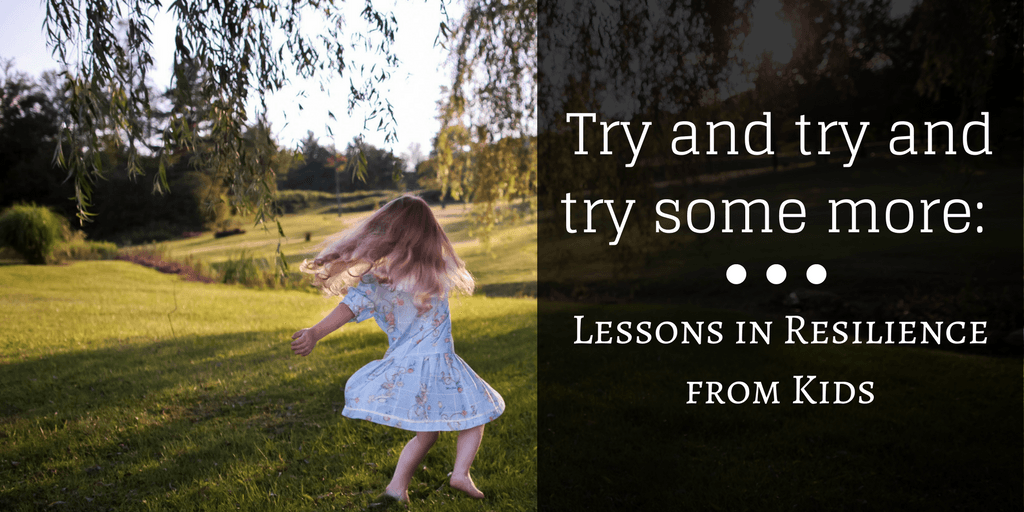The top five fears of Americans include your usual scary stuff like spiders and heights, but it also includes a much bigger and more conceptual one: the fear of failure. Adults even have specialized words for specific kinds of failure. “Imposter syndrome,” for example, describes a feeling that all of a sudden, everyone around you will realize that your successes were mere illusions and everything you’ve worked for will come crashing down around you.
The real key, it appears, is practicing failure, becoming comfortable with it, and failing forward. One professor at the university of Pittsburgh performed an experiment with her first-year writing students. She divided the class into two groups. The first group had to turn in one paper at the end of the semester — they were given the assignment the first week of the semester and given all sixteen weeks of class to produce one single perfect paper. The second group had to turn in a paper every single week, but it wasn’t graded harshly at all — rather, it was designed for the students to play with writing, learn the ins and outs of the language, touch it, feel it, break it, and glue it back together.
By the end of the semester, the professor evaluated which group had a better handle on how to manipulate the English language to construct the argument. The students who had practiced on the English language, tumbled over it, and learned from their mistakes inevitably produced stronger papers at the end of the semesters, but only because they had failed so many times prior. The students who were concerned with producing one single paper were terrified of failing and had to bank everything they had on one perfect product.
The best models for failure and resilience? Children. In a now famous TED talk given in 2010, Tom Wujec discussed the marshmallow problem. In short, teams of four people have 10 minutes to construct the tallest tower they can with nothing but one yard of masking tape, one yard of string, 20 sticks of raw spaghetti, and one marshmallow, which must be at the top of the structure. Wujec has run this little game with Fortune 50 companies and ivy-league business students across the world, and by and large, the teams with the most success are comprised of 6-year-olds.
Why do little kids perform better at this task than highly-trained professionals? Put most simply, kids are okay with trying and failing until they come up with the right answer. Wujec posits that adults spend their time during the activity executing the one answer that’s supposed to work, so if the structure falls apart with 30 seconds to spare, they’re toast. The children, on the other hand, try a whole bunch of different tactics, and each time they fail, they learn more about how to make a better version next time. By the time they’re done, they have a working prototype that they’ve tested against other failed versions.
The key to success is regular failure and the growth that springs forth as a result. As Thomas Edison was once quoted as saying after years of trial and error on the lightbulb, “I have not failed. I’ve just found 10,000 ways that won’t work.”
